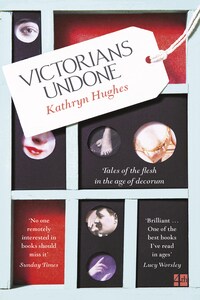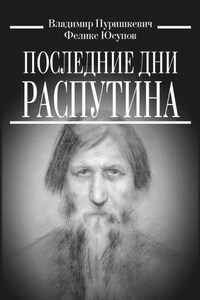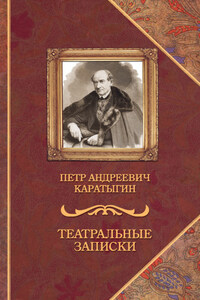ON BOXING DAY 1932 the National Portrait Gallery opened an exhibition of its new acquisitions to the public. There were twenty-three likenesses on display, all of which were to be added to the nationâs permanent portrait collection of the great and the good. Cecil Rhodes, âSouth African Statesman, Imperialist and millionaireâ, was one of the new arrivals, as was the Marquis of Curzon, who had until recently been Conservative Foreign Secretary. By way of political balance there was also a portrait of James Keir Hardie, the first leader of the Labour Party in the House of Commons, and a replica of Winterhalterâs magnificent portrait of the Duchess of Kent, Queen Victoriaâs mother. Oddly out of place among the confident new arrivals, all oily swirls, ermine, and purposeful stares, was a small hand-tinted photograph of a young woman dressed in the fashion of nearly a hundred years ago. She had a heavy helmet of dark hair, a veritable fuss of brooch, handkerchief, neck chain, and shawl, and the fixed expression of someone who has been told they must not move for fear of ruining everything. The caption beneath her announced that here was âIsabella Mary Mayson, Mrs Beeton (1836â65)â, journalist and author of the famous Book of Household Management.
By the time the first members of the public filed past the photograph of Mrs Beeton on Boxing Day, her biographical details had already changed several times. Sir Mayson Beeton, who had presented the photograph of his mother to the nation nine months earlier, had insisted on an exhausting number of tweaks and fiddles to the outline of her life that would be held on record by the gallery. Even so, Beeton was still disappointed when he attended the exhibitionâs private view a few days before Christmas. Particularly vexing was the way that the text beneath his motherâs photograph described her as âa journalistâ. Beeton immediately fired off a letter to the curator, G. K. Adams, suggesting that the wording should be altered to âWife of S. O. Beeton, editor-publisher, with whom she worked and with the help of whose editorial guidance and inspiration she wrote her famous BOOK OF HOUSEHOLD MANAGEMENT devoting to it âfour years of incessant labourâ 1857â1861â â a huge amount of material to cram onto a little card. The reason Sir Mayson wanted this change, explained Adams wearily to his boss H. M. Hake, director of the gallery, was that âhe said his father was an industrious publisher with a pioneer mind, who edited all his own publications, and but for him it is extremely unlikely that Mrs Beeton would have done any writing at allâ.
Mayson Beeton was by now 67 and getting particular in his ways. Even so, he had every reason to fuss over exactly how his parents were posthumously presented to the nation. Over the six decades since their deaths Isabella and Samuel Beeton had all but disappeared from public consciousness. The Book of Household Management was in everyoneâs kitchen, but most people, if they bothered to think about Mrs Beeton at all, assumed that she was a made-up person, a publisherâs ploy rather than an actual historical figure. Almost worse, from Mayson Beetonâs point of view, was that virtually no one realized that it was Mr, rather than Mrs, Beeton who had coaxed the famous book into being. Its original name, after all, had been Beetonâs Book of Household Management and there was no doubt about which Beeton was being referred to.
Getting the presentation of his parents just right had become an obsession with Mayson Beeton, whose birth in 1865 had been the occasion of his motherâs death. Only the previous year an article had appeared in the Manchester Guardian that managed to muddle up Mrs Beeton with Eliza Acton, a cookery writer from a slightly earlier period. Beetonâs inevitable letter pointing out the error was duly published, and from these small beginnings interest in the real identity and history of Mrs Beeton had begun to bubble. In February 1932 Florence White, an authority on British food, had written a gushy piece in










